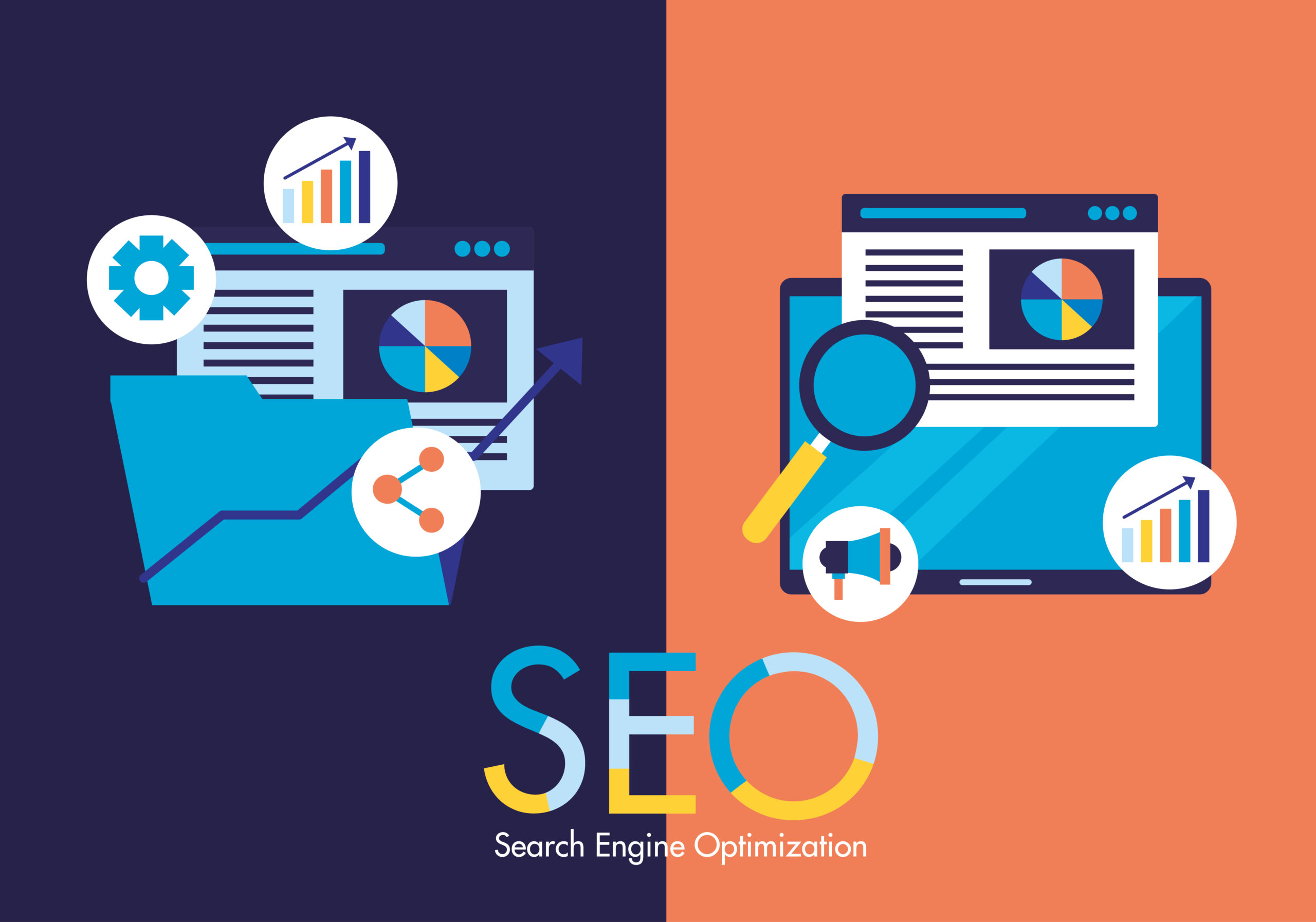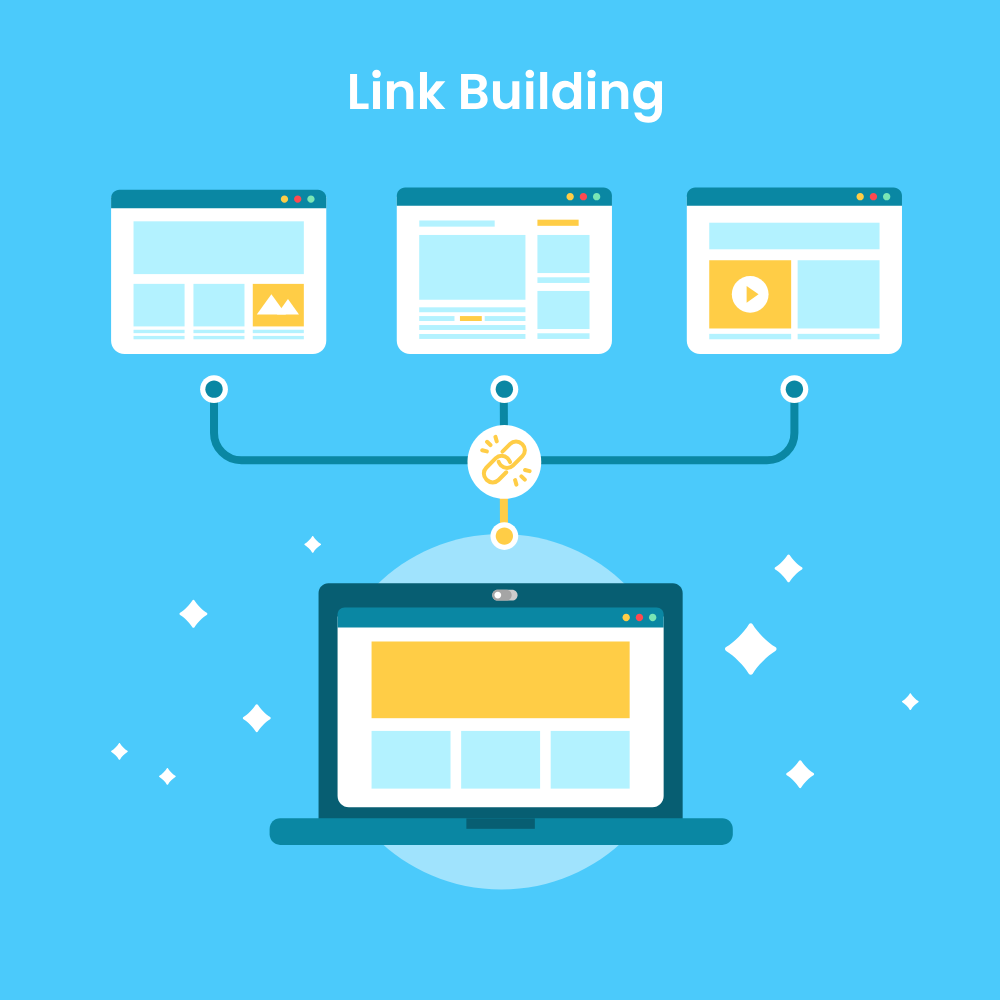On-Page SEO is one of the important steps of website optimization (SEO) that focuses on improving and optimizing the content and various elements within our website pages so that our website has a higher chance of being ranked in the search engine results pages such as Google. On-Page SEO is not just about using keywords in the content, but also includes content management, using proper HTML structure, improving website speed, and much more.
1. Keyword Research and Selection
Keyword research is the most important first step in On-Page SEO. Keywords are words or phrases that users often use to search for information on search engines. Choosing the right keywords will help us create content that meets the needs of users and increase the chances of being ranked high in search results.
- Selecting the right keywords: Keywords that have high search volume and are relevant to our content or services should be avoided. Keywords that are too competitive, especially if our website is new or has low page authority.
- Using keyword research tools: Tools like Google Keyword Planner, Ahrefs, SEMrush, and Moz Keyword Explorer can help us find the right keywords. These tools will show search volume, ranking difficulty, and related terms.
- Using keywords in content: Once we have chosen the right keywords, we should use them naturally in our content, including in key areas such as Title Tag, Meta Description, Heading Tags, and URLs.

2. Content Optimization
Content is the heart of SEO. Creating high-quality content is essential to increase the chances of your website being ranked high in search results.
- Writing valuable and relevant content: The content should address users’ questions or problems, contain useful information, and be insightful. Writing comprehensive articles about your topic will increase the chances of users sharing your content and gaining backlinks.
- Using keywords appropriately: Using important keywords in key points of your content, such as the beginning of the article, main topics, and summary. Avoid keyword stuffing, as it can make your content look unnatural and can negatively affect your rankings.
- Using multimedia: Adding images, videos, or infographics to your content can make your content more interesting and can better capture the attention of your users. Search engines also like content that has relevant, high-quality multimedia, which can help your website gain more exposure.
3. Improving your Title Tag and Meta Description
Title Tag and Meta Description are very important parts of On-Page SEO, as they are the first things users see on Google search results pages, which can affect click-through rates. (Click-Through Rate or CTR)
- Writing an interesting Title Tag with keywords: Title Tag should contain important keywords that are relevant to the content of the web page. The Title Tag should be between 50-60 characters long so that it can be displayed completely on the search results page.
- Writing an attractive and relevant Meta Description: Meta Description should summarize the content of the web page and contain relevant keywords. The Meta Description should be between 150-160 characters long so that it can be displayed completely on the search results page.
- Testing and improving CTR: Testing different Title Tags and Meta Descriptions can help us know which ones attract the most users and should be continuously improved to increase the click-through rate (CTR).
4. Using Heading Tags appropriately (H1, H2, H3, etc.)
Using Heading Tags helps to make the content of the website have a clear structure and is easy to read for users and search engines.
- Using H1 appropriately: Heading H1 should be used only once per page and should contain the main keyword of the page. H1 should represent the main topic of the entire content.
- Using H2 and H3 for sub-headings: Use H2 for the main sub-heading and H3 for the secondary sub-heading. Using the right Heading Tags structure helps to make the content clear and SEO-friendly.
- Adding keywords to Heading Tags: Using relevant keywords in Heading Tags increases the chances of getting a higher ranking, as Heading Tags are one of the factors that Google uses to index content.
5. Optimizing URLs for SEO-Friendly
A clear and well-structured URL helps users and search engines to understand the content of a web page more easily.
- Using short and clear URLs: The URL should be short and reflect the content of the page. Avoid using unnecessary words and use natural links.
- Using keywords in URLs: Using relevant keywords in URLs increases the chances of getting a higher ranking. URLs that contain keywords can help users understand the content of the page immediately.

6. Internal Linking
Internal linking helps users access relevant content more easily and helps spread SEO power within the website.
- Building links to relevant content: Linking related articles or web pages improves the user experience and also increases the average time users spend on the website (Dwell Time).
- Use the right Anchor Text: Anchor Text should be relevant to the content of the linked page and should contain relevant keywords to increase the chances of ranking.
- Creating a clear link structure: Creating a good link structure helps search engines better understand the links within your website.
7. Adding Alt Text to Images
Alt Text is a description of an image that helps search engines and visually impaired users understand the content of the image.
- Writing Relevant and Clear Alt Text: Alt text should clearly and briefly describe the content of the image, no more than 125 characters.
- Using Keywords in Alt Text: Using relevant keywords in the Alt Text increases the chances of being ranked higher and helps your image appear in Google Images.
8. Improving Site Speed (Page Speed Optimization)
Site speed is another important factor that affects Google rankings. A website that loads quickly improves the user experience and reduces bounce rates.
- Reducing the size of images and videos: Using smaller image and video files and compressing them to a suitable size can reduce page load times.
- Using a Content Delivery Network (CDN): A CDN helps distribute content to servers that are closest to the user, making the content load faster.
- Enabling Browser Caching: Setting a cache allows the browser to temporarily store certain information. This eliminates the need to reload all data every time a user visits.
9. Using HTTPS and Securing Your Website
HTTPS (Hypertext Transfer Protocol Secure) is a protocol that secures the data that is being sent between a user’s browser and the website’s server.
- Installing an SSL Certificate: Using an SSL Certificate will allow your website to switch to HTTPS, which is a factor that Google uses in rankings.
- Protecting Your Website from Threats: Securing your website by protecting it from attacks such as DDoS, malware, and hacking is essential to increasing the credibility of your website.
10. Working with Google Search Console and Google Analytics
Google Search Console and Google Analytics are tools that allow us to effectively track the performance of our website.
- Using Google Search Console for SEO Audits: Google Search Console allows us to check for potential issues with our website, such as Google indexing, backlinks, and mobile issues.
- Using Google Analytics for User Behavior Analysis: Google Analytics helps us understand how users behave on our website, such as bounce rates, page views, and conversion rates.
Conclusion
On-Page SEO is a comprehensive process that requires careful consideration at each step. Properly optimizing the elements on your website not only helps your website rank higher on Google, but also improves the user experience and increases the chances of attracting quality visitors and effectively increasing the conversion rate.

